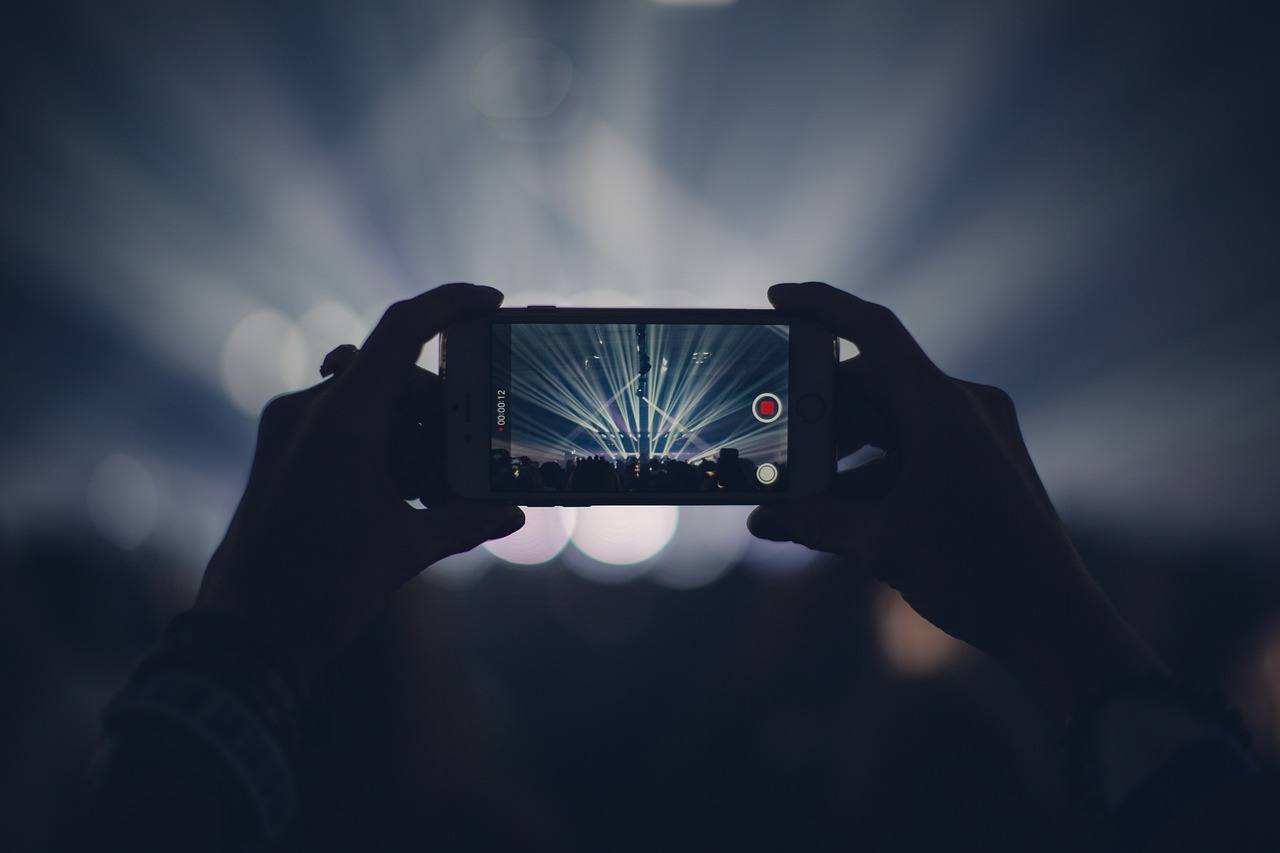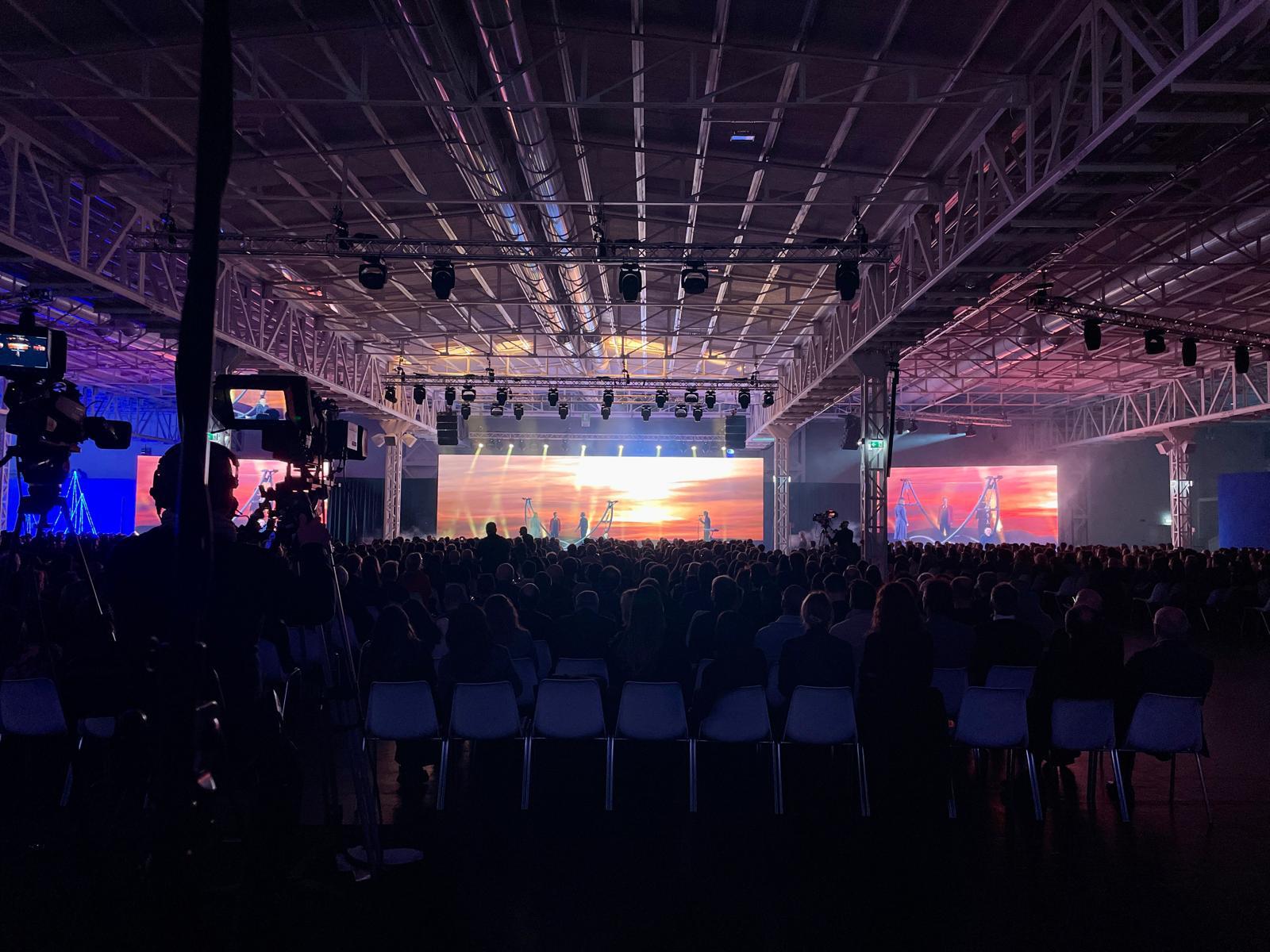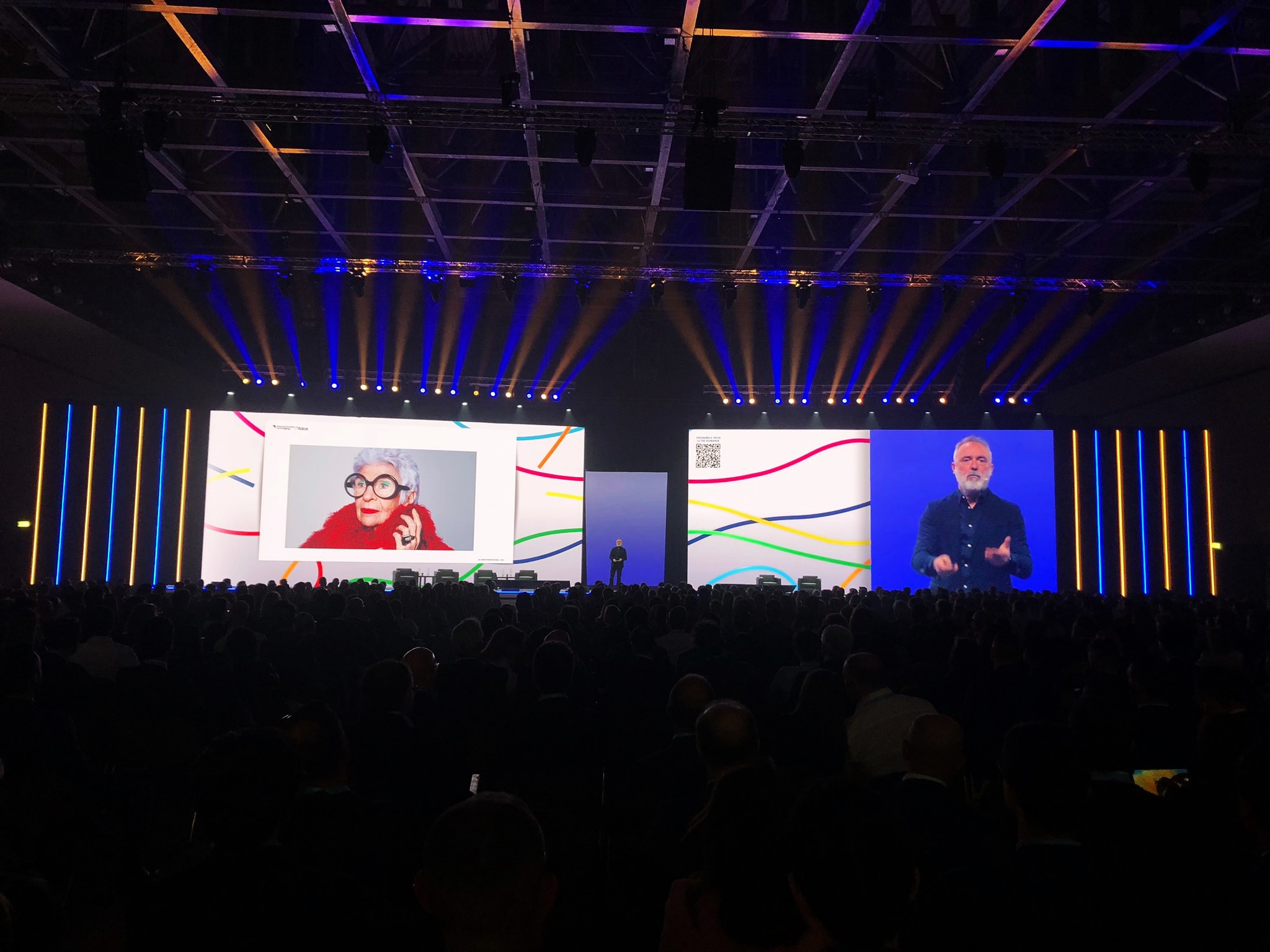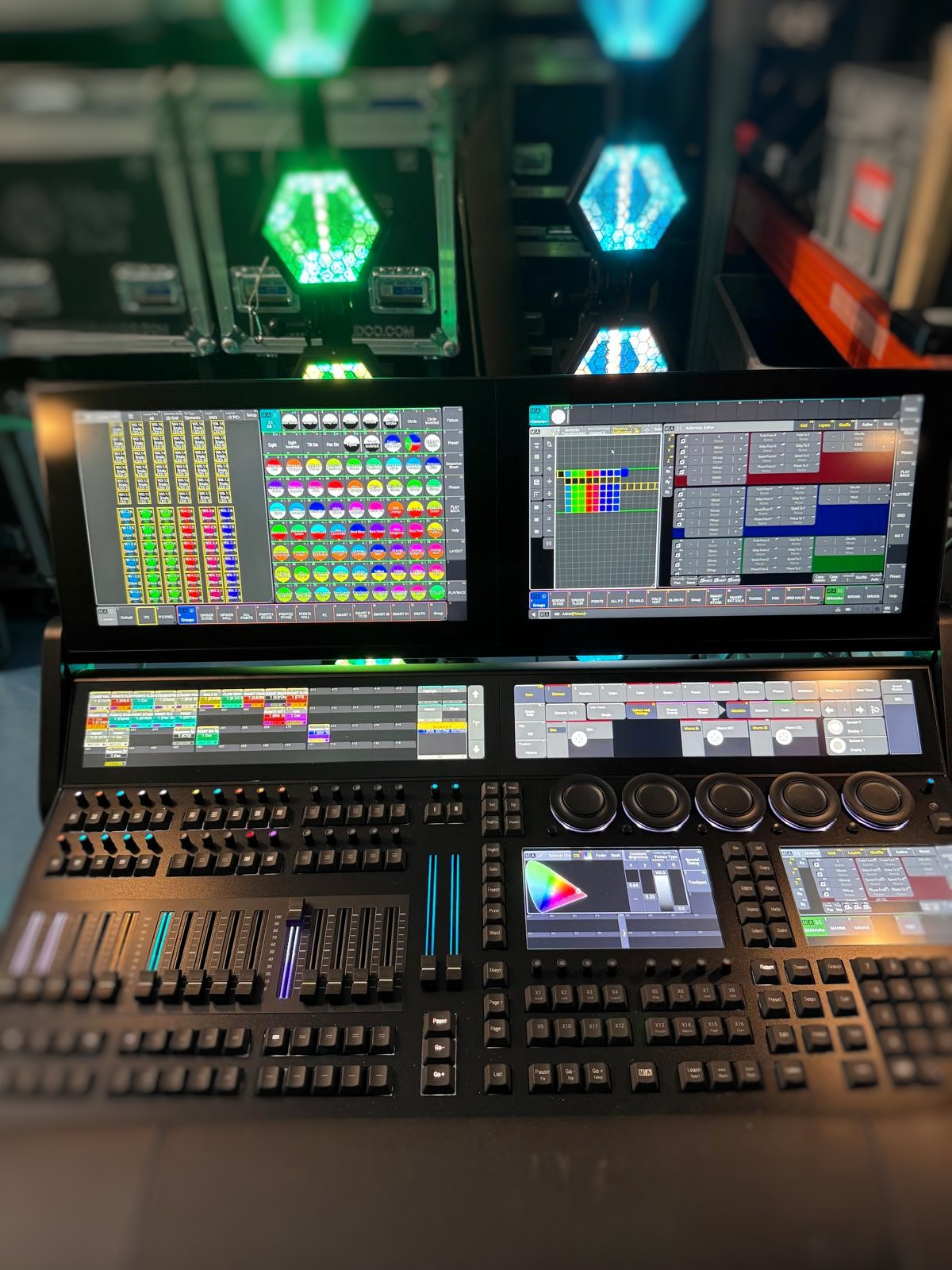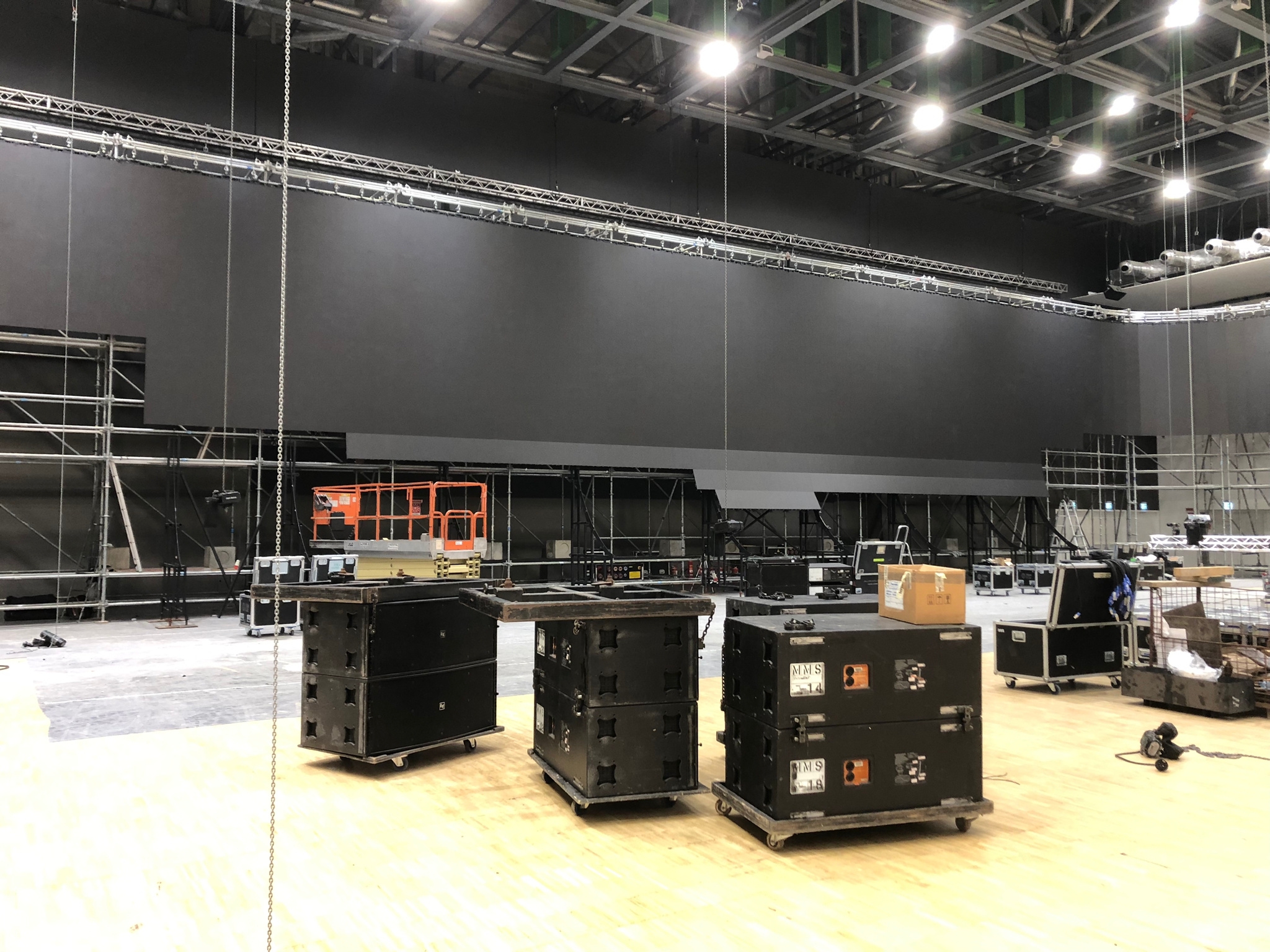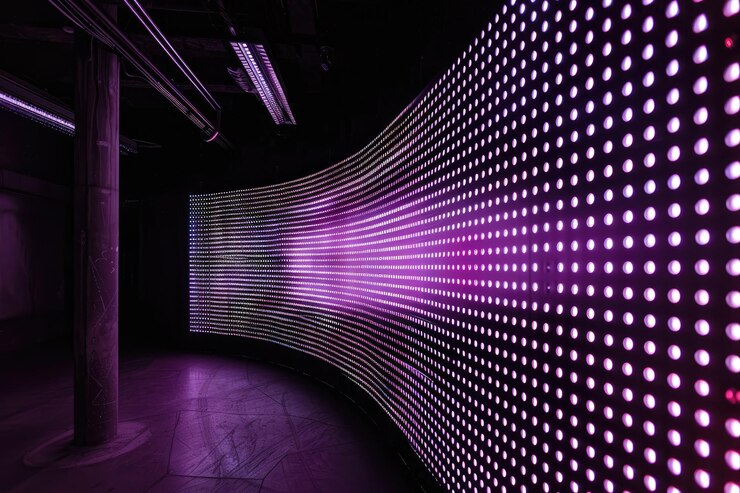In the era where customer experience and customer satisfaction have become the focal point for any successful company, the concept of “Service Design” has established itself as an essential tool for creating engaging experiences and memorable events.
This approach not only applies to products and services, but also finds fertile ground in event organization.
Planning events through Service Design not only guarantees a significantly superior experience for participants, but also allows you to create a lasting bond between the brand and its audience.
In this article we will explore how the concept of Service Design can be used effectively in event organisation, offering practical advice and guidelines to follow.
What is Service Design?
Service Design, literally “service design”, is a discipline that helps organizations and companies in the B2B sector and beyond, to see the services offered from the user’s perspective, not focusing exclusively on the functional aspect of the services but considering the entire consumer journey, from start to finish.
At this point, it is necessary to clarify what services are today: they are carried out through a sequence of activities that include a strong interaction between the customer and the organisation’s staff; today, however, the services are increasingly complex, as they involve a mix of online and offline activities, various digital and physical platforms, offering the customer the tools necessary to independently carry out most of those activities once carried out by office workers, workers and employees. of the organization.
The services are thus transformed into real experiences, definable as sequences of interactions between individuals and brands that take place in a series of distinct points (the touchpoints, encountered along the Customer Journey) and which must be able to excite, reflect, involve, stimulate the customer.
In this sense, events can also be assimilated to real experiences to which typical Service Design approaches and processes can be applied.
Research phase: understanding the audience and their expectations
The initial phase of Service Design for event organization consists of in-depth research of the target audience, especially in the case of corporate conventions. Who are the expected participants? What are their interests, preferences and expectations regarding the event itself? This information is essential to shape the event experience according to the needs of the audience.
Customer Journey Map: the definition of the user journey
Once the information has been collected, it is possible to define the user’s journey through the event: this includes the analysis of the different phases of the event, from first contacts to arrival, from involvement during the event to conclusion.
Identifying key points where the experience could be enriched or improved is critical to overall success.
Ideation and Prototyping
With a clear understanding of your audience and user journey, it’s now time to generate ideas to improve the event experience. This creative process can involve several stages of brainstorming and prototyping. For example, consider how to incorporate interactive elements, structured networking sessions, or innovative technologies to engage attendees in unique ways.
Multidisciplinary collaboration
Service Design in event organization requires close collaboration between different skills, including marketing, design, logistics and communication: the synergy between these areas ensures that every aspect of the event is aligned with the desired experience.
Service design testing and optimization
Before the big day, it’s a good idea to pilot test the event experience on a small group of attendees: this provides an opportunity to gather feedback and make final improvements before launch.
Active involvement of participants
During the event, the active involvement of participants is crucial.
Offer them opportunities to interact, participate and share: the goal is to create a sense of community and belonging among participants.
Post-event evaluation
After the event concludes, collect detailed feedback from attendees: this will give you valuable insights into what worked well and what could be further optimized for future events.
Service Design for events: conclusions
The application of Service Design to event planning offers a structured approach to creating engaging and memorable experiences for participants.
By understanding audience needs, designing the user journey, creative ideation and multidisciplinary collaboration, it is possible to create events that go beyond simple hospitality, transforming them into experiences that leave a lasting impression.
The advantages of this approach translate into deeper public involvement, greater loyalty and a positive impact on the organisation’s image: at the same time it will be a profitable and distinctive experience for the company that organizes it.




